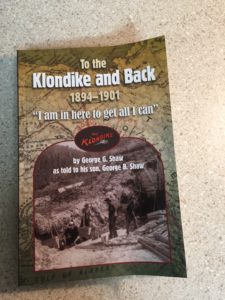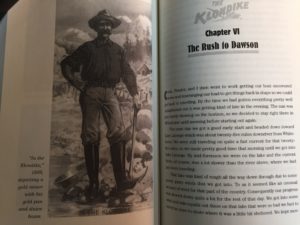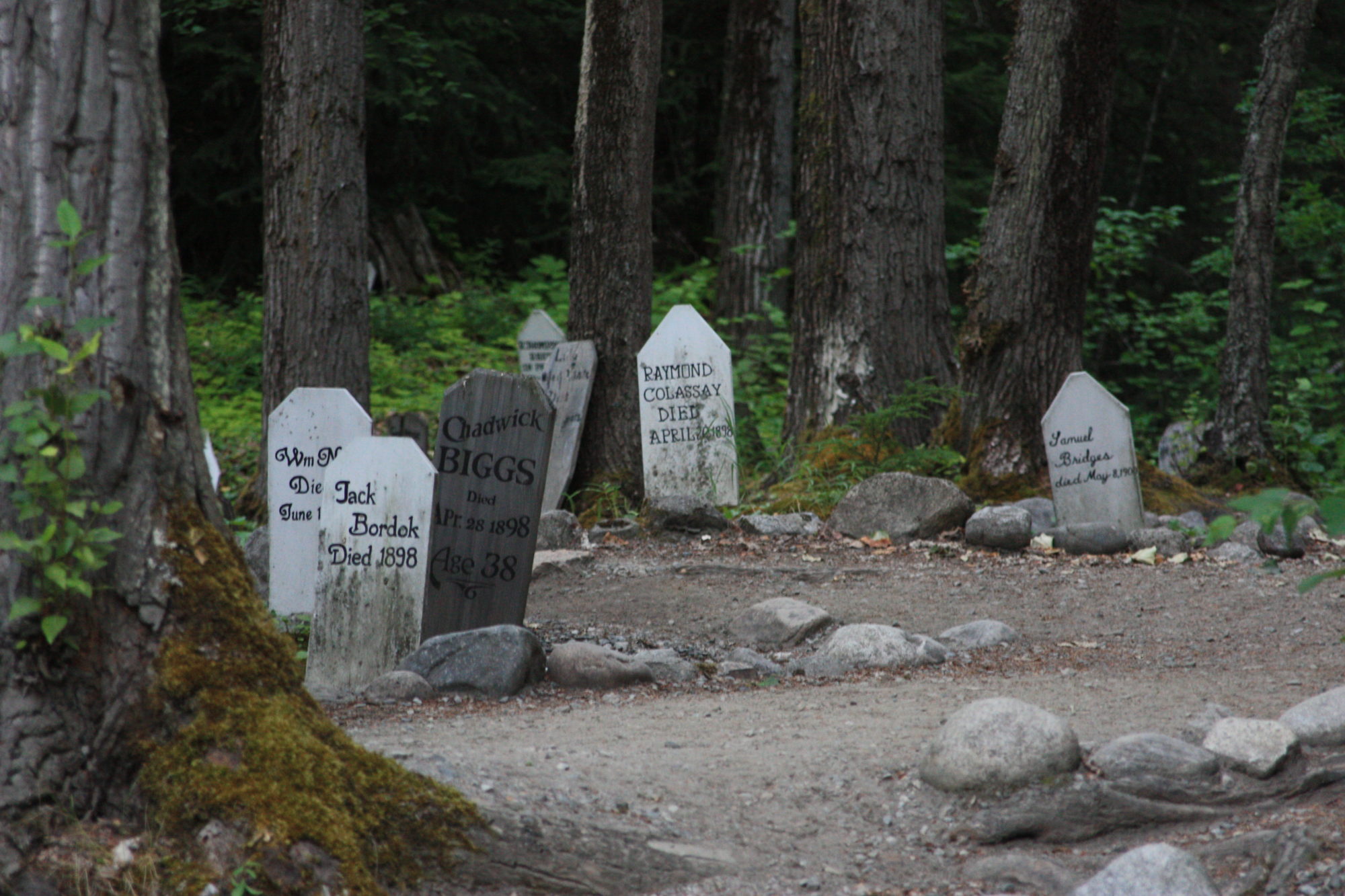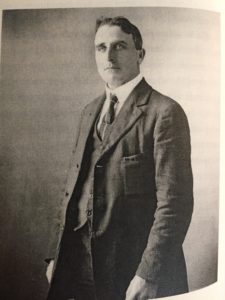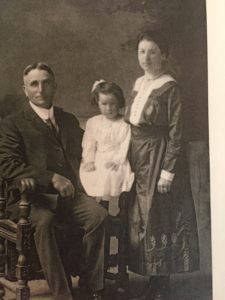
Martha Black is well known in the Yukon. Although she was reported to be the first woman to cross the Chilkoot Trail, she was actually the 5th (first was “Dutch Kate” Wilson in 1887, 2nd was Bell Healey in 1888, 3rd was Emilie Tremblay in 1894 and 4th was Jesse McDougall in 1895).
Martha Munger was born on this day, February 24, 1866 in Chicago.
When news of the Klondike gold discoveries reached the Outside, Martha and her husband Will Purdy made plans to head North. At the last minute, however, Will Purdy got a better offer to go to Hawaii. Martha was determined to break away from the straight-laced life she had led, and continued on without him – she was never to see her husband again.
Martha left Dawson for a year, but returned in 1900, when she joined a mining syndicate. The following year, her father arrived with the machinery to set up a sawmill, and a stamp mill for assaying the ore from quartz mines which were being developed. Martha was put in charge of the mills, and when she needed a lawyer, George Black came highly recommended. Within 2 weeks George had proposed marriage, but Martha held off for over 2 years. They were finally married in Martha’s large home at the sawmill on August 1, 1904. George was elected to Parliament in 1921 and served until 1935, when he was forced to resign due to ill health. Martha then ran in his place, and at the age of 69, she became only the second woman ever to be elected to Canada’s Parliament.
If you go to Whitehorse there is a beautiful “May Day” tree just off of 2nd by the city office building. The placque there says that it was Martha Black’s tree. In the spring when it blooms with hundreds of fragrant white blossoms, it is a beautiful reminder of a great lady. Martha died in 1957 in Whitehorse.
From numerous sources.
